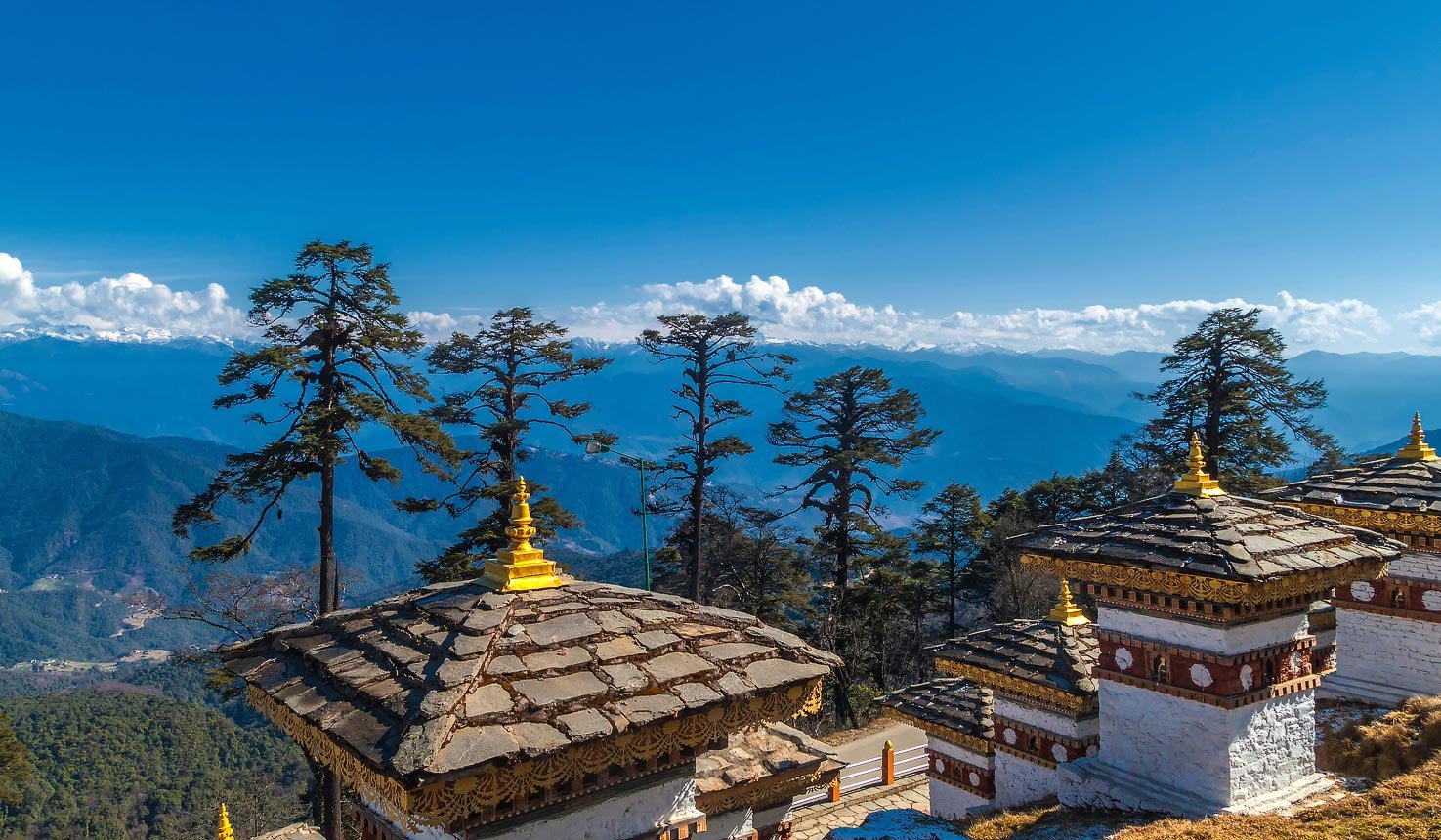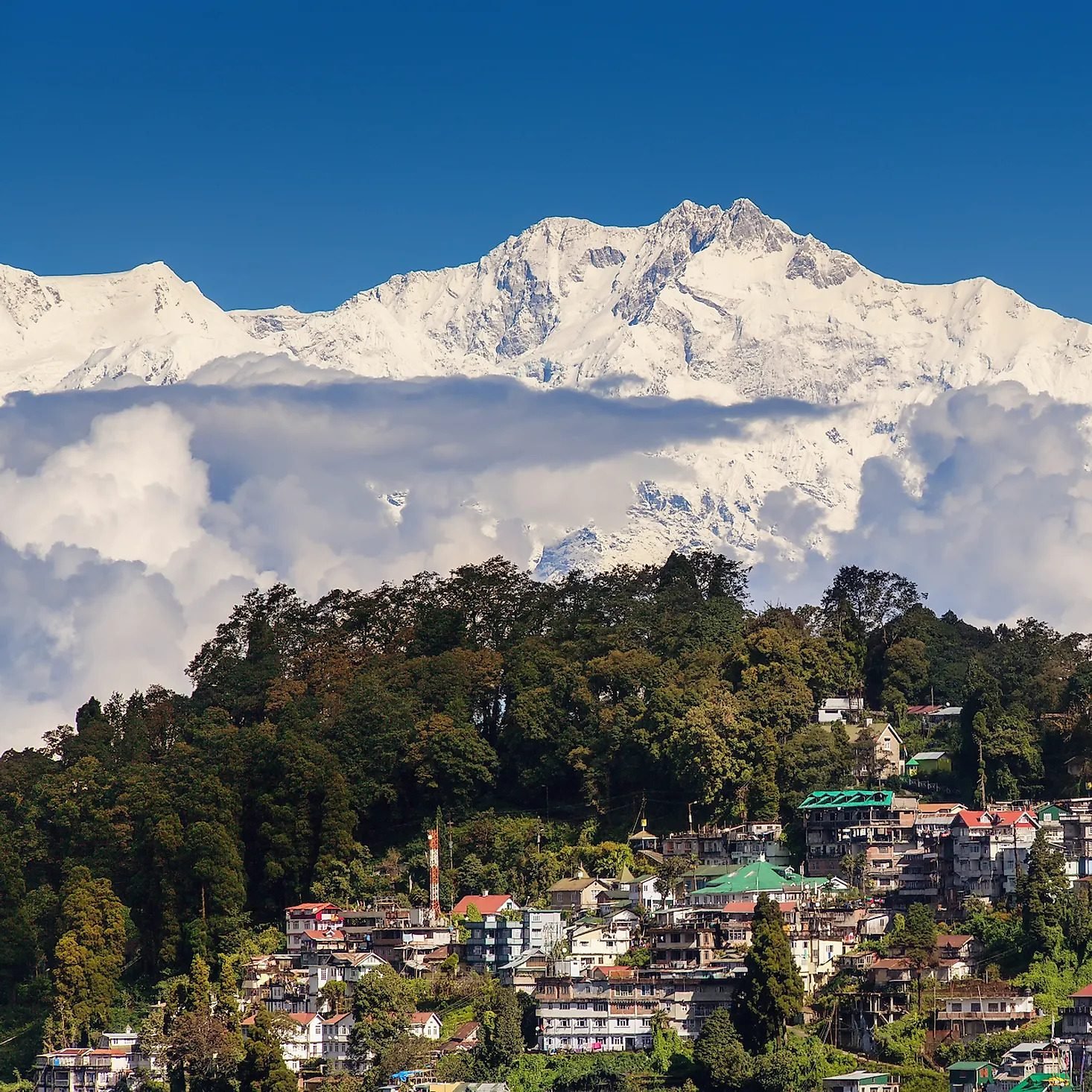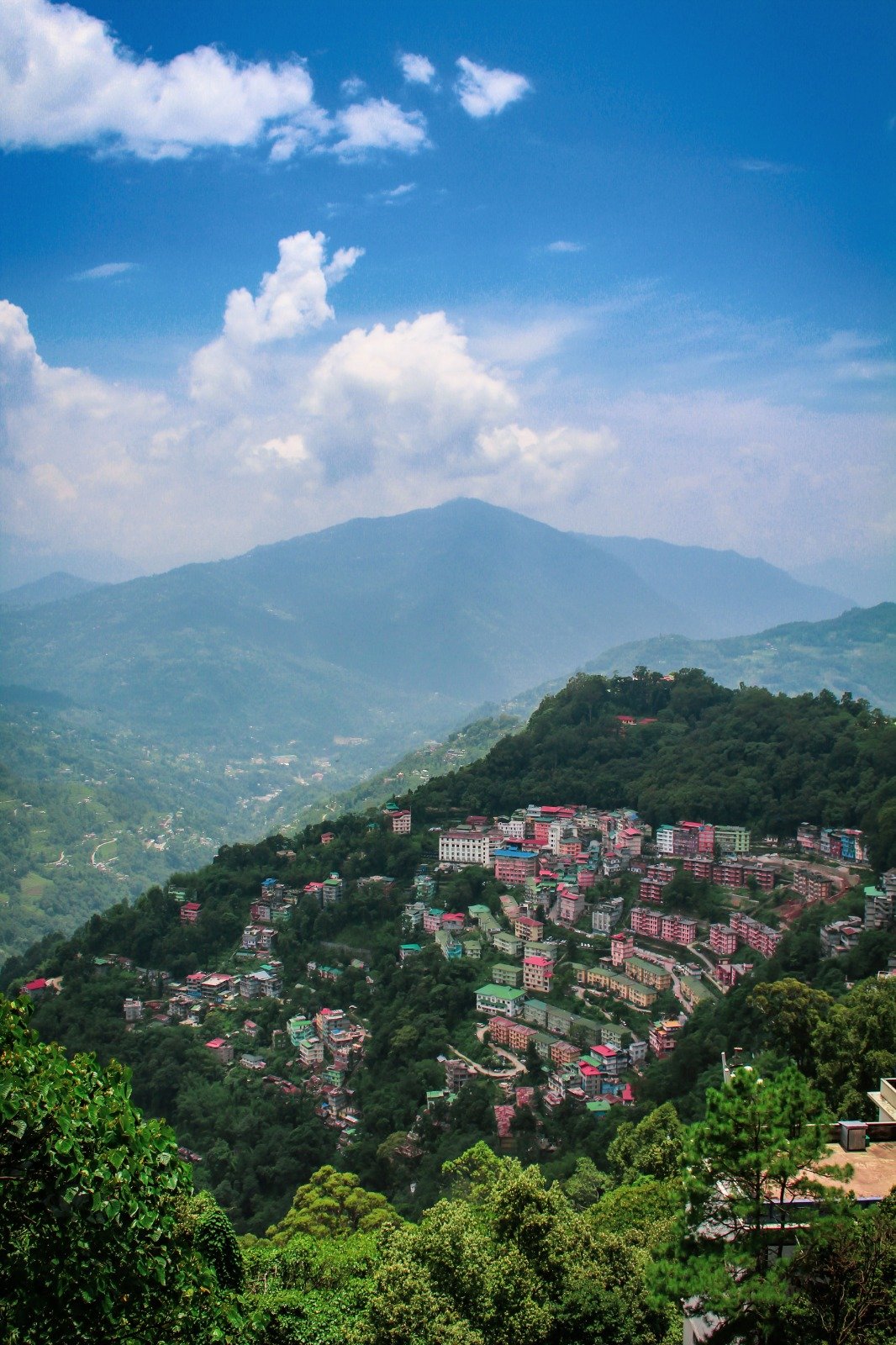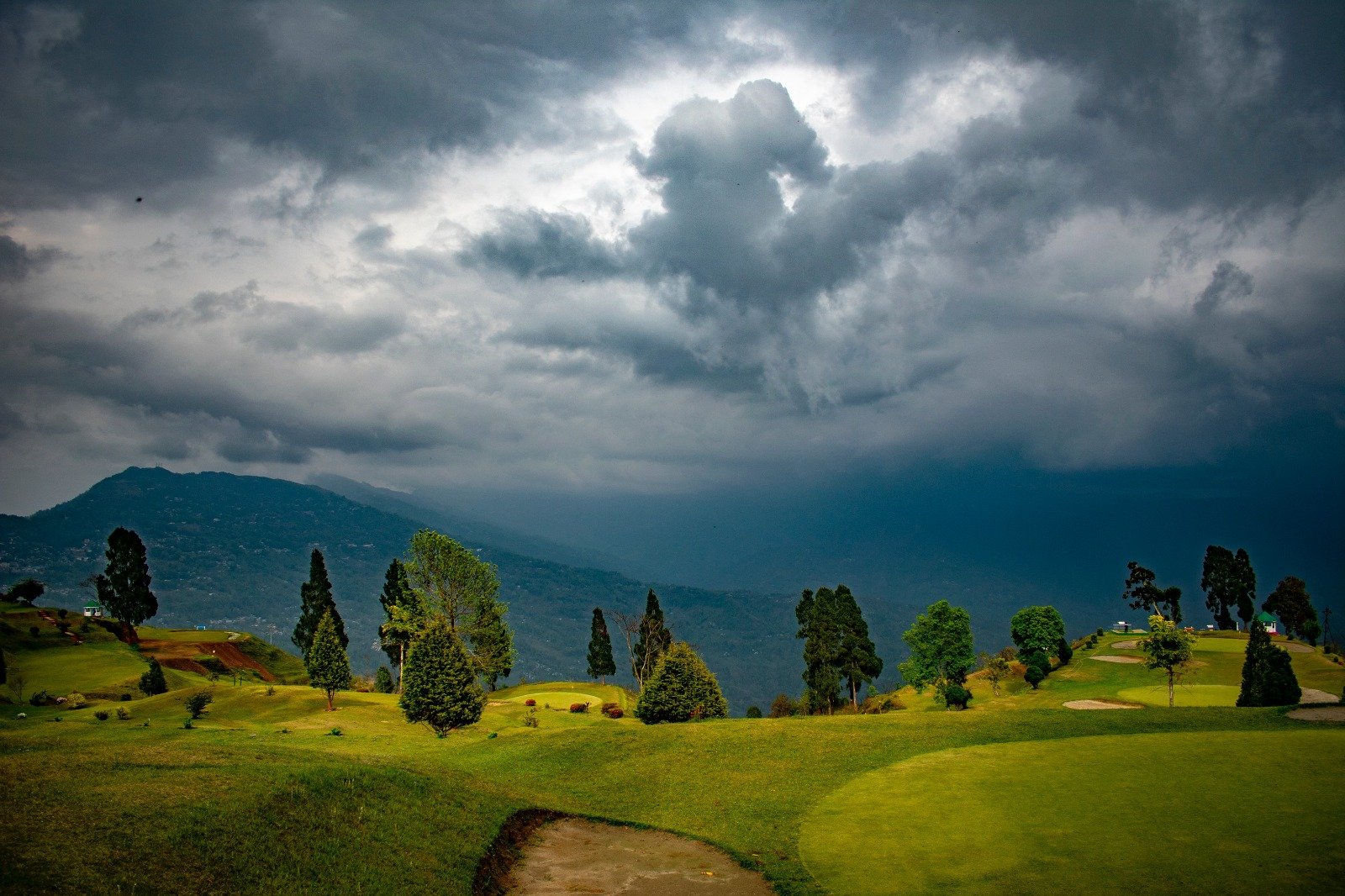Although Andhra Pradesh and the newly created state of Telangana together occupy a great swathe of eastern India, stretching more than 1200km along the coast from Odisha to Tamil Nadu and reaching far inland from the fertile deltas of the Godavari and Krishna rivers to the semi-arid Deccan Plateau, most foreign travellers simply pass through en route to their better-known neighbours. This is understandable, as places of interest are few and far between, but the sights the two states do offer are absorbing enough to warrant at least a brief stop-off.
PLACES TO VISIT IN THIS REGION
A major high-tech hub and, for the time being, the joint capital of both states, Hyderabad, is an atmospheric, predominantly Muslim city with lively bazaars, the eclectic Salar Jung Museum, impressive Chowmahalla Palace and the mighty Golconda Fort. Warangal, 150km northeast, has Muslim and Hindu remains from the twelfth and thirteenth centuries, while the region’s Buddhist legacy is preserved in museums at sites such as Nagarjunakonda and Amaravati. In the east, the city of Vijayawada has little to recommend it, though it is a convenient access-point for Amaravati. Similarly, in the northeast, the fast-growing city of Visakhapatnam is little more than a handy place to break up a long trip, but between the two the delightful region around the Godavari Delta is well worth a detour. By contrast, the temple town of Tirupati in the far southeast is a fascinating, impossibly crowded pilgrimage site. In the southwest, Puttaparthy attracts a more international pilgrim crowd, who still flock to the ashram of the late spiritual leader Sai Baba.
Although modern industries have grown up around the capital, and shipbuilding, iron and steel are important on the coast, most people in Andhra Pradesh and Telangana remain poor. Away from the Godavari and Krishna deltas, where the soil is rich enough to grow rice and sugar cane, the land is in places impossible to cultivate, which has contributed to the desperate plight of many farmers.
Brief history of Andhra Pradesh
The earliest accounts of the region, from the third century BC, refer to a people known as the Andhras. The Satavahana dynasty (second century BC to second century AD), also known as the Andhras, came to control much of central and southern India from their second capital at Amaravati on the Krishna. They enjoyed extensive international trade and were great patrons of Buddhism. Subsequently, the Pallavas, the Chalukyas and the Cholas all held sway. By the thirteenth century, the Kakatiyas of Warangal were under constant threat from Muslim incursions, while later on, after the fall of their city at Hampi, the Hindu Vijayanagars transferred operations to Chandragiri near Tirupati.
The next significant development was in the mid-sixteenth century, with the rise of the Muslim Qutb Shahi dynasty. In 1687, the son of the Mughal emperor Aurangzeb seized Golconda. Five years after Aurangzeb died in 1707, Hyderabad’s viceroy declared independence and established the Asaf Jahi dynasty of nizams. In return for allying with the British against Tipu Sultan of Mysore, the nizam dynasty was allowed to retain a certain degree of autonomy even after the British had come to dominate India.
During the Independence struggle, harmony between Hindus and Muslims in Andhra Pradesh disintegrated. Partition brought matters to a climax, as the nizam wanted to join other Muslims in the soon-to-be-created state of Pakistan. In 1949 the capital erupted in riots, the army was brought in and Hyderabad state was admitted to the Indian Union. Andhra Pradesh state was created in 1956 from Telugu-speaking regions (although Urdu is widely spoken in Hyderabad) that had previously formed part of the Madras Presidency on the east coast and the princely state of Hyderabad to the west. Today almost ninety percent of the population is Hindu, with Muslims largely concentrated in the capital.
In 1999, the pro-business Telugu Desam party eventually wrested the power long held by Congress, and over the following five years there was huge development around Hyderabad, most famously, HITEC City. However, rural areas – where drought and economic crisis led to thousands of farmer suicides – were neglected. In 2004 Congress regained control of the state government, although they were also criticized for not doing enough to help farmers, and suicides have continued with alarming frequency, numbers have fallen in recent years.
In 2009, following a high-profile hunger strike, the Indian government surprisingly bowed to pressure from the Telangana Rashtra Samithi (TRS) party and announced plans to carve a new state, Telangana, out of northwestern Andhra Pradesh. Despite widespread protests, strikes and political resignations a commission was set up to examine the practicalities of the issue, and in July 2013 a resolution was unanimously passed in Congress agreeing to the bifurcation. Almost a year later, on June 2, 2014, Telangana officially ceded from Andhra Pradesh to become India’s twenty-ninth state, with Hyderabad serving – in a rather complicated arrangement – as capital of both states until the new Andhran capital at Amaravati is complete.
Best time to visit Andhra Pradesh
As with the rest of the south, the best time to visit Andhra Pradesh and Telangana is during the winter months from December to mid-March. April to June is blazing hot, particularly inland towards the Deccan Plateau. The southern part of Andhra Pradesh misses most of the main summer monsoon but is hit by the northeast monsoon between September and November, when cyclones can create havoc, especially in the coast areas.
Festivals in Andhra Pradesh
- Sankranti (Jan)Celebrated all over both states with lively music and dance, especially in the Konaseema region.
- Antarvedi Chariot Festival (Jan/Feb)Impressive temple chariot festival celebrating the marriage of Lord Narasimha and the goddess Lakshmi in the East Godavari district.
- Muharram (Oct/Nov)The sacred month of the Muslim New Year is celebrated with verve by the large Shia population in Hyderabad.
- Vaikunta Ekadashi (Dec/Jan)One of the most important festivals at Tirumala, when Vishnu’s victory over the demon Muran is commemorated.
Telangana
The principal places of interest in the rest of Telangana lie about the same distance in opposite directions from the capital. As you head north from Hyderabad, the landscape becomes greener and hillier, sporadically punctuated by photogenic black-granite rock formations. There is little to detain visitors here except Warangal, which has a medieval fort and a Shiva temple, and nearby Palampet, with its Kakatiya temple. South of the capital, swathes of flat farmland stretch into the centre of the state, where the Nagarjuna Sagar dam has created a major lake with the important Buddhist site of Nagarjunakonda, now an island, in its waters.
Eastern and northern Andhra Pradesh
One of India’s least visited areas, eastern Andhra Pradesh is sandwiched between the Bay of Bengal in the east and the red soil and high peaks of the Eastern Ghats in the north. Its one architectural attraction is the ancient Buddhist site of Amaravati, designated to be the new capital of Andhra Pradesh, near the business hub of Vijayawada, whose sprinkling of historic temples is far overshadowed by impersonal, modern buildings. For anyone with a strong desire to explore, however, pockets of natural beauty along the coast and in the hills of eastern Andhra Pradesh can offer rich rewards, especially the Godavari Delta around Rajahmundry. At the northern tip of the state, the nondescript industrial port city of Visakhapatnam is a useful place to break up a journey to northern India.
Vijayawada
Almost 450km north of Chennai, a third of the way to Kolkata, Vijayawada is a bustling commercial centre on the banks of the Krishna Delta. This mundane city, alleviated by a mountain backdrop of bare granite outcrops and some urban greenery, is seldom visited by tourists, but is an obvious stop-off point for a visit to nearby Amaravati. The Kanaka Durga (also known as Vijaya) temple on Indrakila Hill in the east, dedicated to the city’s patron goddess of riches, power and benevolence, is the most interesting of Vijayawada’s handful of temples. Across the river, roughly 6km southwest of town, is an ancient, unmodified cave temple complex at Undavalli, a tiny rural village on the local #301 bus service to Amaravati. There are shrines to all three of the trimurti, with the reclining Vishnu statue on the upper level being the most impressive feature.
Amaravati
For centuries Amaravati, 33km from Vijayawada, has been little more than a village on the banks of the Krishna. All that is due to change in the coming decade, however, as this is the location that has been chosen to be the brand-new capital of Andhra Pradesh, following the secession of Telangana. If the hoardings are to be believed and enough investment is forthcoming, an ultramodern city of gleaming skyscrapers will rise from the quiet fields, although the ground had barely been broken at the time of writing.
Pending this building frenzy, Amaravati remains famous as the site of a Buddhist settlement formerly known as Chintapalli, where a stupa larger than those at Sanchi was erected over relics of the Buddha in the third century BC, during the reign of Ashoka. The stupa no longer stands, but its size is evident from the mound that formed its base. There was a gateway at each of the cardinal points, one of which has been reconstructed, and the meticulously carved details show themes from the Buddha’s life. A Kalachakra initiation programme was conducted by the Dalai Lama here in January 2006 to commemorate 2550 years since the Buddha’s birth.
Visakhapatnam
Andhra Pradesh’s second-largest city, 650km east of Hyderabad and 350km north of Vijayawada, Visakhapatnam (commonly known as Vizag) is a busy port and home to major shipbuilding, oil refining and steel industries. Apart from having a decent beach, some interesting temples and a couple of museums, for most travellers it only serves to break up a long journey along the east coast. Those who do linger in the area, however, can enjoy the seaside area of Waltair and will be rewarded by visiting outlying places such as Bheemunipatnam, Mukhalingam and the Borra caves.
The Godavari Delta
A previously uncharted region that is just beginning to open up to tourism, though still mostly aimed at domestic visitors, is the enchanting Godavari Delta, where the mighty river ends its journey of almost 1500 miles across India from its source in the Western Ghats. The best base for exploration of the area is Rajahmundry, roughly halfway between Vijayawada and Visakhapatnam. From there, you can take a trip upriver to the verdant Papikondalu Hills, delve into the lush Konaseema region to the south or visit the Coringa Wildlife Sanctuary to the southeast.
Southern Andhra Pradesh
The further south you travel from the fertile lands watered by the great Krishna and Godavari rivers, the less hospitable the terrain becomes, especially in the rocky southwest of the state. For Hindus, the main attraction in southern Andhra Pradesh is the Venkateshvara temple, outside Tirupati, India’s most popular Vishnu shrine, where several thousand pilgrims come each day to receive darshan. Puttaparthy, the community founded by the deceased spiritual leader Sai Baba, and the Oneness University are the only other places in the region to attract significant numbers of visitors. All three places are closer to Chennai in Tamil Nadu and Bengaluru in Karnataka than to other points in Andhra Pradesh.
Tirumala Hill and Tirupati
Set in a stunning position, surrounded by wooded hills capped by a ring of vertical red rocks, the Sri Venkateshvara temple at Tirumala is said to be one of the richest places of pilgrimage in the world, and is certainly the most popular, drawing more devotees than Rome or Mecca. With its many shrines and dharamshalas, the whole area around Tirumala Hill, an enervating drive 700m up in the Venkata Hills, provides a fascinating insight into contemporary Hinduism practised on a large scale. The road trip up Tirumala Hill is a lot less terrifying now that there’s a separate route down; the most devout, of course, climb the hill by foot. The walk takes at least four hours, and an early start is recommended. When you get to the top, you will see barbers giving pilgrims tonsures as part of their devotions. At the bottom of the hill, the Sri Kapileswaraswami temple at Kapilateertham is the only Tirumala temple devoted to Shiva.
The hill is 11km as the crow flies from its service town of Tirupati, but double that by road. The town is almost entirely modern and pretty unappealing, as well as being predictably crowded with the constant flow of pilgrims. A five-minute walk from the railway station, the one temple in Tirupati itself that’s definitely worth a look is Govindarajaswamy, whose modern grey gopura is clearly visible from many points in town. The inner sanctum is open to non-Hindus and contains a splendid large black reclining Vishnu.
Puttaparthy
Deep in the southwest of the state, amid the arid rocky hills bordering Karnataka, a thriving community has grown up around the once insignificant village of Puttaparthy, birthplace of spiritual leader Sai Baba. Centring on Prasanthi Nilayam (Abode of Peace), the ashram where Sai Baba used to reside most of the year, the town has schools, a university, hospital and sports centre that offer up-to-date and free services to all. The ashram itself is a huge complex, with canteens, shops, a museum and library, and a vast assembly hall. The museum contains detailed displays on the world’s major faiths and presents a positive unitarian message.
Shri Satya Sai Baba
Born on November 23, 1926, in Puttaparthy, Satyanarayana Raju allegedly displayed prodigious talents from an early age. His apparently supernatural abilities initially caused some concern to his family, who took him to Vedic doctors and eventually to be exorcised. Having been declared possessed by the divine rather than the diabolical, at the age of 14 he calmly announced he was the new incarnation of Sai Baba, a saint from Shirdi in Maharashtra who died eight years before Satya was born.
Gradually his fame spread and a large following developed. In 1950 the ashram was inaugurated and a decade later Sai Baba was attracting international attention. His death on April 27 2011 has done nothing to diminish his popularity – he still has millions of devotees worldwide. Just 5ft tall, with a startling Hendrix-style Afro, his smiling, saffron-clad figure can be seen on posters, photos and murals all over south India. Though his miraculous powers reportedly included the ability to materialize vibhuti, sacred ash, with curative properties, Sai Baba always claimed this to be unimportant, emphasizing instead his message of universal love. During his last years a number of ex-followers made serious accusations about coercion and even sexual abuse on the part of the guru himself, which have been vehemently denied.
Predictably, following the passing of the guru, there have been further rumours of corruption by the trustees of his organization, casting its future into some doubt. Whatever your feelings about the divinity of Sai Baba, the atmosphere around the ashram remains undeniably peaceful. You can find out more about the Sai organization at saibaba.ws.
The Oneness university and temple
A few kilometres from the small town of Tada, around 70km east of Tirupati, lies the startling complex of the Golden City, home to the Oneness University. The focal point of this community is the stunning and gigantic three-storey Oneness Temple, built in brilliant white marble and visible for miles around. The largest pillarless hall in Asia, it is capable of housing up to five thousand people. The huge edifice has an impressive meditation hall on the upper storey and beneath it areas for communal worship and events, most notably darshan with the founders of the Oneness Movement, Sri Bhagavan (born March 15, 1949 in Natham, Tamil Nadu) and his partner Amma (born August 15, 1954 in Sangam, Andhra Pradesh). Often referred to as Kalki Bhagavan, as many followers have declared him to be the tenth incarnation of Vishnu, the guru has always disavowed this title, concentrating instead on promoting his core message of seeking union with the divine.
After the couple married in 1976, they founded the Jeevashram school in 1984, originally located at Satyaloka, a remote location in the Eastern Ghats near the Andhra and Karnataka borders. Here they developed the philosophy of Oneness, wherein every individual feels connected to all that is and gradually awakens to a state of higher consciousness. This is achieved by the process of deeksha blessing, whereby divine energy is transferred directly to the recipient by a gentle touching of the head around the crown chakra. In the early 1990s, the school relocated to Nemam, in Tamil Nadu north of Chennai, before finding its new home at the Golden City at the turn of the millennium.




